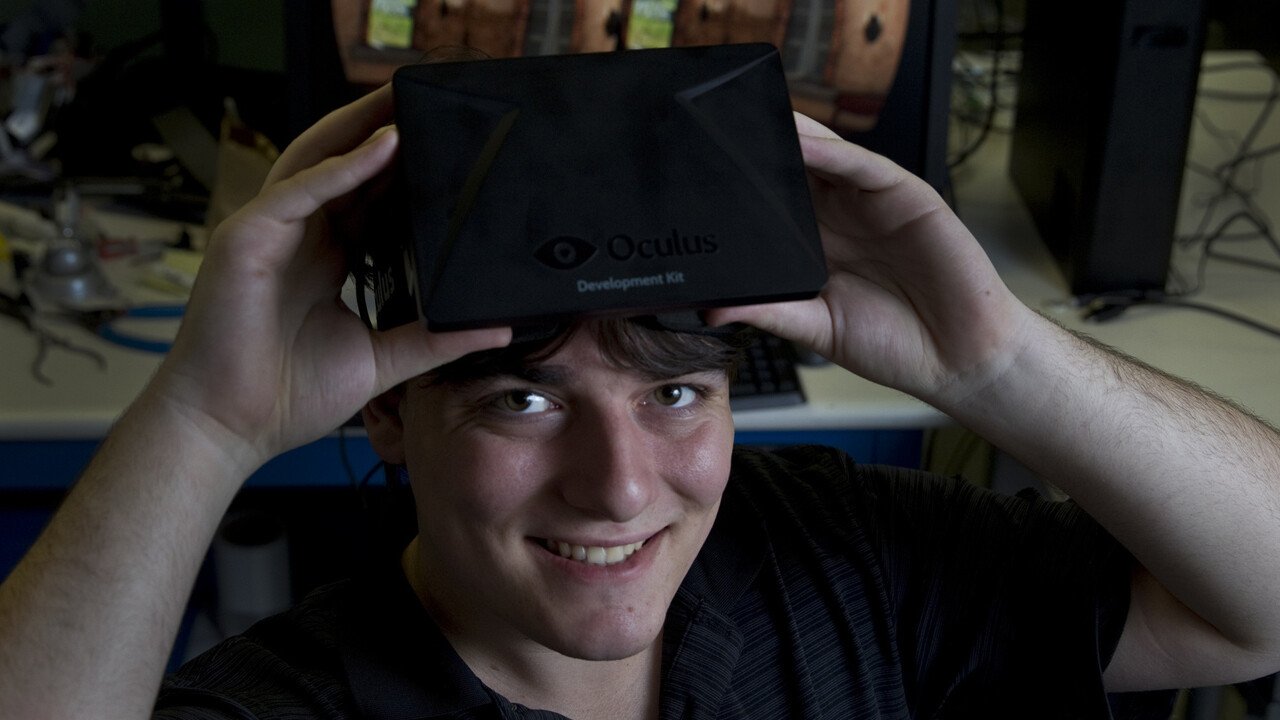With the Oculus pre-order and price point revealed last week, people are still talking about what this means for VR as a whole and if the concept of VR is still exciting. It gives an opportunity to expand what people can expect from gaming and is pushing it into something only seen in movies and fiction. Yet even with all this, the concept of price and accessibility is still something bothering many people.
Palmer Luckey took this as a cue to jump onto Reddit and do another AMA mere days after the last one. In the AMA he was asked about the initial hype around Oculus and how it was going to be a VR for the masses. Hitting at a lower price point allowing everyone to get their hands on VR.
In response, Mr Luckey outlined how “The goal never changed, but the timeline of achieving that goal did. I still want to make VR cheap, functional, and disruptive, but it takes a certain amount of quality to do that. Three years ago, I thought a good enough headset could be built for $300 and run on a decent gaming PC.”
He goes on to say that “Since then, we have learned a lot about what it takes to induce presence, and the landscape of the industry has changed a lot too – we are no longer the only players, and the burden of bringing good VR to everyone is no longer solely on us. The best way to make a technology mainstream is not always as simple as making a cheap product as quickly as possible, that is what lead to the last VR crash! Tesla is a good example – Elon Musk had to convince the public that electric cars could be awesome before he could build the technology that would actually make electric cars mainstream. If Tesla had tried to make a $35k mass-market electric car back in 2008, they would have accomplished little. Instead, they made the Roadster and Model S, proved that electric cars could be awesome, invested heavily in R&D, and now have a clear path towards their ever-present long term goal, making electric cars mainstream.
Virtual reality is actually in an even better scenario. GearVR is already an awesome headset for $99 if you already have a flagship Samsung phone (like tens of millions of other people), and there are other companies entering the VR scene in the near future. Eventually, VR is going to run on every computer sold, and there will be a wide range of hardware at various price and quality points, a lot like televisions or monitors.
The Rift is the first headset capable of delivering presence, the sensation of feeling like you are inside a virtual scene on a subconscious level. As I have said before, VR needs to become something everyone wants before it can become something everyone can afford – I totally understand people who don’t want to spend that much on VR, but this is the current cost of making a really good headset. Much like smartphones, the cost of that quality is going to come down over time – you can buy unsubsidized phones for less than $100 that blow away the best $600 phones from just five years ago, that is what time does to the cost of technology.”
There are many good points made here. The cost to produce the hardware will come down over time, and people will need to wait to see the really cheap headsets. But the only issue with all this is that without software, people will not want to invest in the ecosystem, and without the people investing, publishers will be hesitant to invest in bigger titles. VR will be a revolutionary piece of technology, but this latest roadblock may mean it will be a few years before it will reach mass-market saturation.




